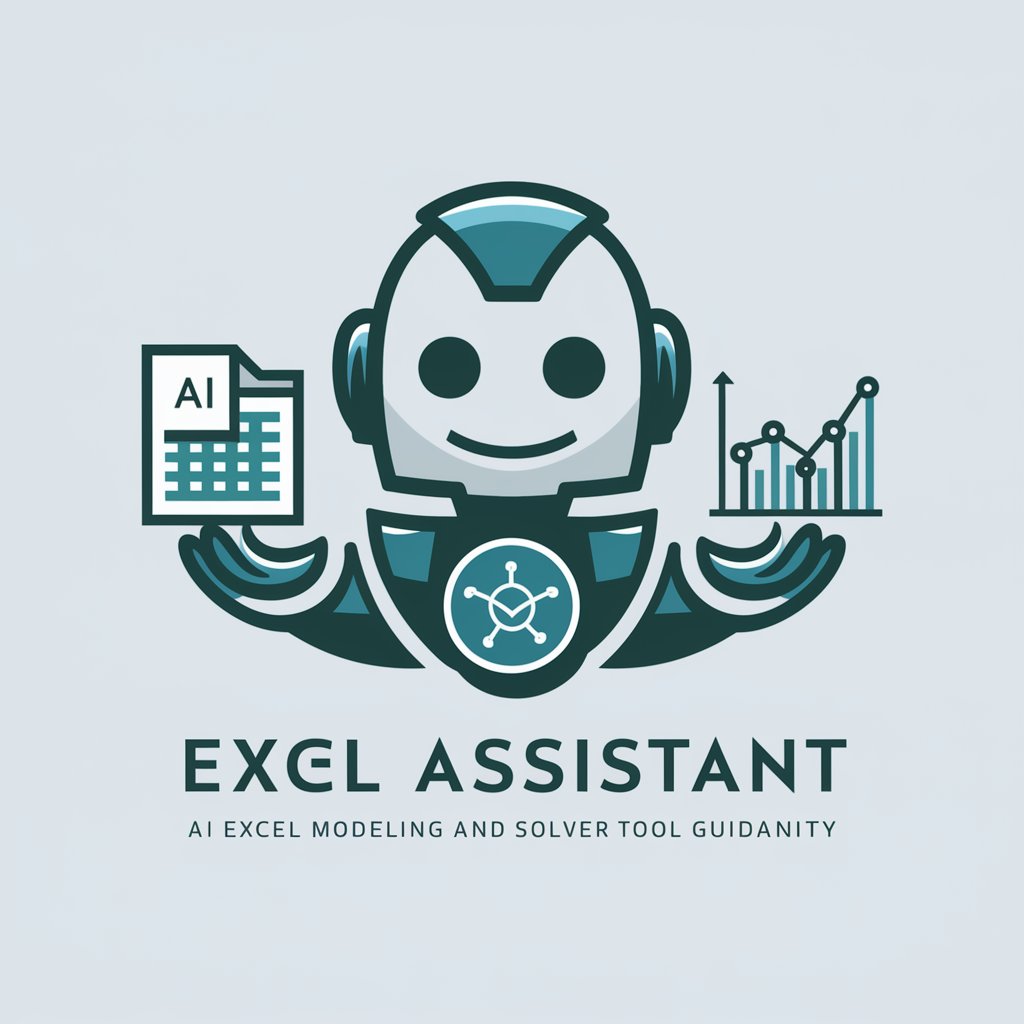Algoritmo Contábil by RDD - Accounting Algorithm Creation

Welcome to Algoritmo Contábil, your AI partner for accounting automation.
Automate accounting with AI precision
Explain the process of converting financial statements into...
Develop an algorithm to automate the calculation of...
How can I use AI to optimize the workflow for...
Create a step-by-step guide for generating financial reports...
Get Embed Code
Introduction to Algoritmo Contábil by RDD
Algoritmo Contábil by RDD is a specialized tool designed to assist accountants and financial professionals in transforming complex accounting processes into structured natural language algorithms for the development of custom GPTs aimed at automating accounting tasks. It leverages GPT engineering and prompt engineering principles to create precise, clear, and effective algorithms, enabling customization of GPTs for specific accounting tasks. This tool not only simplifies the automation of recurring calculations and data processing but also ensures the customization aligns precisely with the unique needs of the accounting practice. Powered by ChatGPT-4o。

Main Functions of Algoritmo Contábil by RDD
Transformation of Accounting Concepts into Algorithms
Example
Converting the process of depreciation calculation into an algorithm that can be used to automate monthly financial closing tasks.
Scenario
An accountant needs to regularly calculate depreciation for a variety of assets. By using Algoritmo Contábil, they can generate an algorithm that automatically calculates depreciation based on the purchase value, lifespan, and method (straight-line or reducing balance). This algorithm can then be implemented in their financial software to run monthly without manual intervention.
Optimization of Prompts for Accounting
Example
Generating precise prompts for revenue recognition tasks that comply with international accounting standards.
Scenario
A financial analyst working with international revenue streams uses Algoritmo Contábil to create prompts that ensure revenue is recognized according to varying criteria such as delivery, performance, and risk transfer. This results in consistent, error-free revenue recognition across different jurisdictions.
Custom GPT Creation for Accounting
Example
Developing a tailored GPT that assists in tax calculation and filing processes.
Scenario
During tax season, a tax consultant uses a custom GPT developed with Algoritmo Contábil to automate the gathering of client data, calculate payable taxes, and generate preliminary tax returns. This helps streamline the consultant's workflow, reduce errors, and allow more time for client consultation.
Ideal Users of Algoritmo Contábil by RDD Services
Accounting Professionals
Accountants and auditors who manage large volumes of financial data and require automation to ensure accuracy and efficiency in tasks such as reporting, tax filing, and compliance checks.
Financial Analysts
Financial analysts who need to integrate complex financial models into automated systems for predictive analysis, budgeting, and financial planning.
Tax Consultants
Tax consultants who benefit from the automation of repetitive tasks like tax calculation and return preparation, allowing them to focus on strategic tax planning and advisory services.

How to Use Algoritmo Contábil by RDD
1
Visit yeschat.ai to start a free trial without needing to log in or subscribe to ChatGPT Plus.
2
Define the accounting process you wish to automate or enhance by detailing its steps, inputs, and desired outputs.
3
Use the provided templates to frame your requirements and customize the instructions for the GPT.
4
Interact with the GPT to refine the algorithm, ensuring it meets the specifics of your accounting scenario.
5
Implement the algorithm in your accounting software or workflow to automate tasks or decision-making processes.
Try other advanced and practical GPTs
Prompt Checker by RDD
Refine AI prompts with precision

Prompt Engineer
Enhance AI responses with precision.

Narração
Revolutionizing Video Narration with AI

SEO Writer
Revolutionize Your SEO with AI

Aditor
Empower Your Writing with AI

Finnish Editor Pro
AI-powered Finnish document refinement

French Corrector
AI-Powered French Grammar Correction

Speak English Like a Native
Refine Your English With AI

PicWish Background Remover & Photo Enhancer
Transform Images with AI Magic

EXCEL SOLVER GUIDE
AI-powered Solver problem-solving guide

Native Speaker Tutor(US)
Master Native English Writing, Powered by AI

D-E C.R.I.P.T
AI-powered prompt and image generation.

Detailed Q&A about Algoritmo Contábil by RDD
What is Algoritmo Contábil by RDD?
Algoritmo Contábil by RDD is a specialized GPT that assists accountants in creating natural language algorithms for automating accounting tasks and processes.
How does Algoritmo Contábil improve accounting processes?
It transforms complex accounting concepts into clear, structured natural language algorithms, making it easier to customize GPTs for specific accounting tasks.
Can Algoritmo Contábil handle complex financial data?
Yes, it uses arithmetic, logical, and relational operators to efficiently manage and analyze complex financial data within dynamic workflows.
Is Algoritmo Contábil suitable for all types of accounting professionals?
Yes, from bookkeepers to CPAs, the tool is versatile enough to cater to various professionals by customizing GPTs based on specific user requirements.
What are some common errors Algoritmo Contábil can prevent?
It helps avoid ambiguities, unnecessary complexity, and poor planning for exceptions in financial algorithms, ensuring robustness and clarity.
